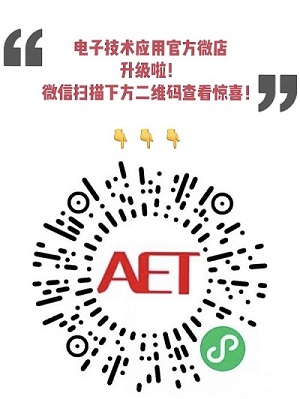基于雙向GRU與殘差擬合的車輛跟馳建模
信息技術與網(wǎng)絡安全 3期
王嘉偉
(中國科學技術大學 信息科學技術學院,安徽 合肥230002)
摘要: 為了提高微觀交通仿真中車輛跟馳建模的準確性與泛化能力,將物理類模型與深度學習相結合,提出一種基于雙向GRU(門控循環(huán)單元)與殘差擬合的跟馳模型框架。該框架使用雙向GRU網(wǎng)絡對物理類跟馳模型預測值與真實值的殘差進行學習,并在NGSIM公開數(shù)據(jù)集上進行測試。通過對比IDM、GIPPS、GM三種跟馳模型下的殘差擬合效果,表明雙向GRU網(wǎng)絡可以對原模型預測結果的偏差進行有效的修正。選用IDM作為本框架的物理類模型,提出了Bi-GRU-IDM模型,與現(xiàn)有SVR模型、BPNN模型、GRU模型進行對比,結果表明Bi-GRU-IDM在預測精度、泛化性能上明顯優(yōu)于其他三種模型。
中圖分類號: TP181
文獻標識碼: A
DOI: 10.19358/j.issn.2096-5133.2022.03.010
引用格式: 王嘉偉,陳鋒. 基于雙向GRU與殘差擬合的車輛跟馳建模[J].信息技術與網(wǎng)絡安全,2022,41(3):59-64.
文獻標識碼: A
DOI: 10.19358/j.issn.2096-5133.2022.03.010
引用格式: 王嘉偉,陳鋒. 基于雙向GRU與殘差擬合的車輛跟馳建模[J].信息技術與網(wǎng)絡安全,2022,41(3):59-64.
A car-following model based on bidirectional GRU and residual fitting
Wang Jiawei
(School of Information Science and Technology,University of Science and Technology of China,Hefei 230002,China)
Abstract: In order to improve the accuracy and stability of vehicle following modeling in micro-traffic-simulation, a car following model based on bidirectional GRU(Gated Recurrent Unit) and residual fitting is proposed. This method combines deep learning with traditional kinematics-based car-following models, and uses a bidirectional GRU network to learn the residual between the prediction of physical model and the true value,which is tested on the NGSIM public data set. By comparing the residual fitting performances under IDM, GIPPS and GM car following models, experiments show that the bidirectional GRU network can effectively correct the deviation of the original prediction results. Using the bidirectional GRU network to fit the residuals of the IDM, a Bi-GRU-IDM model is proposed. By comparing with the existing SVR model, BPNN model, and GRU model, the results show that Bi-GRU-IDM model significantly outperforms the other three model both in prediction accuracy and generalization ability.
Key words : bidirectional GRU;residual learning;car following model;micro-simulation
0 引言
跟馳是交通中常見的駕駛員行為,跟馳模型試圖復制駕駛員的跟馳動作,是微觀交通建模的基本算法,在微觀交通仿真、自動駕駛等領域具有廣泛的應用價值,是道路交通流理論的核心內(nèi)容之一。
車輛跟馳建模通常包含兩種思路:基于物理或交通流理論的經(jīng)典模型與數(shù)據(jù)驅動類模型。其中基于物理的模型試圖描述汽車跟隨動作的運動學機制,例如General Motor(GM)模型[1]、以GIPPS為代表的安全距離模型[2]、智能駕駛模型(Intelligent Driver Model,IDM)[3]等。物理類模型具有明確的數(shù)學形式,成功解釋了在現(xiàn)實世界中觀察到的交通現(xiàn)象,模型大部分參數(shù)具有實際物理意義,但無法完全捕捉駕駛員的復雜認知過程。近年來,隨著人工智能技術快速發(fā)展,基于數(shù)據(jù)驅動的跟馳模型不斷涌現(xiàn)。這類模型試圖從大量跟車數(shù)據(jù)中學習人類駕駛員的跟車動作,相較于物理類模型具有更高的準確性。但是數(shù)據(jù)驅動的跟車模型也存在一定缺陷:這類模型往往屬于“黑箱”技術,模型中的參數(shù)沒有物理意義,可解釋性差,模型的輸出在實踐中難以控制。
本文詳細內(nèi)容請下載:http://forexkbc.com/resource/share/2000004027
作者信息:
王嘉偉
(中國科學技術大學 信息科學技術學院,安徽 合肥230002)

此內(nèi)容為AET網(wǎng)站原創(chuàng),未經(jīng)授權禁止轉載。

